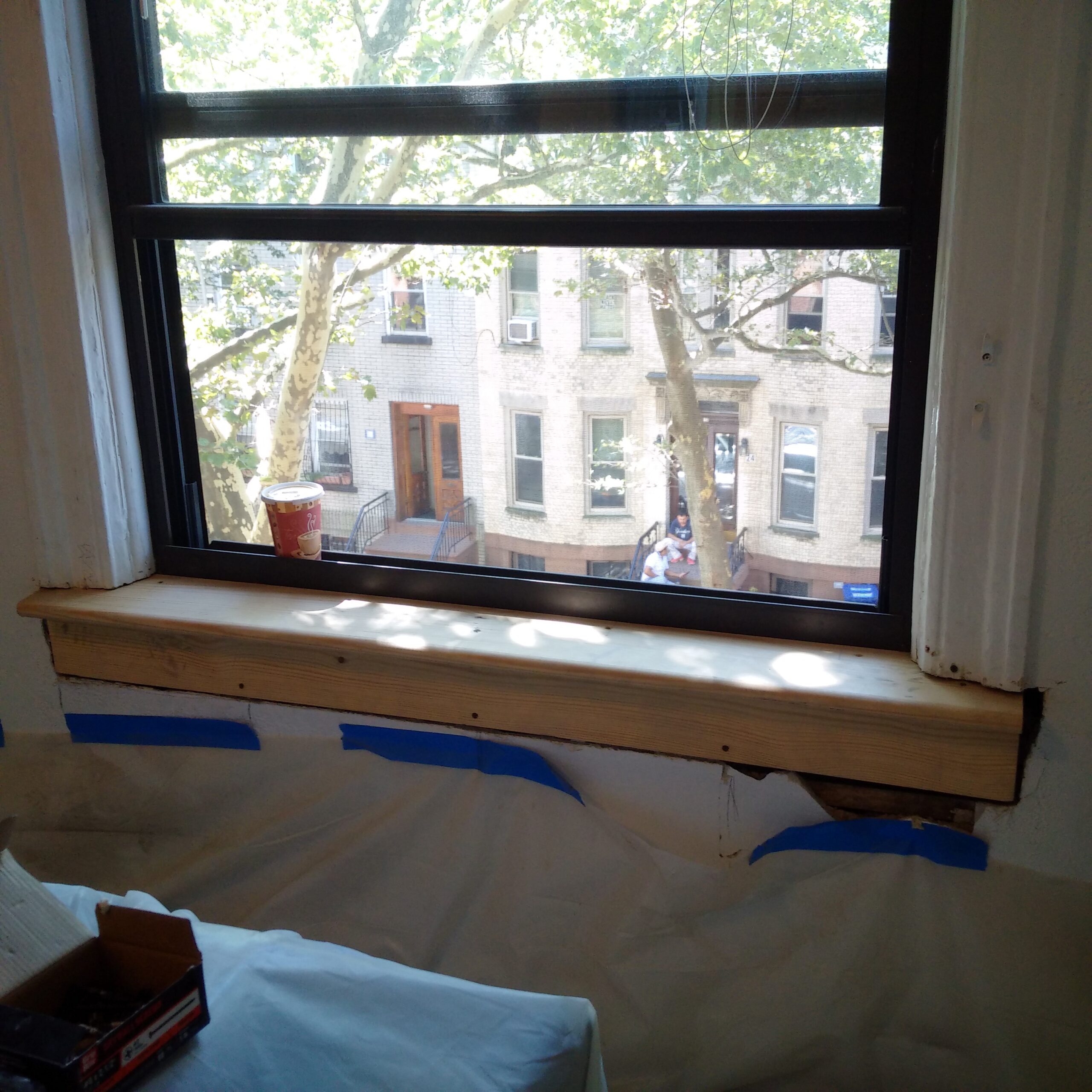DOH & HPD Lead Violation Removal NYC-- Professional Services for Compliance
Comprehensive Guide on Effective Lead Infraction Removal Methods
In the realm of ecological safety and security, dealing with lead violations requires a thorough and structured strategy. This extensive guide starts by highlighting the vital first actions of identifying lead threats through sophisticated assessment and screening methods. The overview specifies on the significance of adhering to rigorous safety and security procedures during the elimination procedure, including the usage of appropriate PPE and isolating impacted locations.
Identifying Lead Hazards
Determining lead hazards is a vital very first step in alleviating the dangers connected with lead direct exposure. Lead, a poisonous metal, can be existing in different ecological mediums, consisting of paint, soil, water, and dirt. It positions serious health and wellness risks, especially to children and pregnant females, leading to neurological damages and developmental hold-ups. Precise identification of possible lead sources is vital for reliable removal.
The first phase in recognizing lead threats involves recognizing usual lead sources within the built environment. Structures developed prior to 1978 are specifically at risk because of the common use lead-based paint during that period. Furthermore, soil contamination can occur from deteriorating exterior paint, commercial exhausts, or historical usage of leaded gas.
Another considerable source is lead piping and plumbing fixtures, which can seep introduce drinking water. Customer goods such as playthings, ceramics, and imported products might additionally contain damaging lead degrees. Especially, work settings and pastimes including lead can track pollutants right into homes.
Analysis and Screening
When dealing with lead threats, efficient analysis and screening are extremely important. This critical step makes certain the recognition and metrology of lead presence, consequently assisting succeeding removal initiatives. Initial analysis generally involves an aesthetic examination to determine prospective lead sources, such as deteriorating paint or contaminated dirt. This is matched by even more rigorous screening approaches to establish the degree of contamination.

Dirt wipe sampling is one more essential method, particularly in household setups. By accumulating examples from floorings, windowsills, and various other surfaces, this approach offers insights right into possible exposure threats. Moreover, soil testing around structure boundaries is important to find lead contamination that might posture threats, specifically to youngsters.
Safe Removal Procedures
Upon finishing detailed assessment and screening, applying secure removal treatments is the following critical stage in resolving lead hazards. This process ensures that lead-contaminated materials are efficiently and safely gotten rid of, lessening risk to both workers and citizens. The first step entails isolating the afflicted area using plastic bed linen and appropriate securing methods to stop the spread of lead dust.
Workers should don suitable personal safety equipment (PPE), including respirators, handwear covers, and Continued non reusable coveralls, to minimize direct exposure. Employing specialized tools and wet methods, such as damp sanding or making use of HEPA-filtered vacuums, lowers the dispersion of lead fragments. It is crucial to prevent completely dry sanding or abrasive blowing up, as these techniques can create unsafe lead dirt.
Garbage disposal is an additional vital component; all infected products must be firmly landed and classified according to EPA and neighborhood guidelines. In addition, detailed cleaning of the workspace with HEPA vacuum cleaners and damp wiping ensures the elimination of recurring lead bits.
Post-Removal Verification

Verification of effective lead elimination, understood as post-removal verification, is essential to ensure the safety and habitability of the remediated area. This examination ensures that all well-known sources of lead have been resolved and that no visible signs of contamination stay.
Complying with the aesthetic assessment, ecological sampling is carried out. This involves collecting dust, dirt, and in some cases water samples from the remediated area. Accredited research laboratories evaluate these samples to gauge lead degrees, ensuring they fall listed below the safety and security limits established by regulatory bodies such as the Environmental Defense Agency (EPA)
In enhancement, air top quality screening might be done to identify air-borne lead fragments, particularly in cases where substantial lead-based paint removal or renovation has actually happened. The results of these examinations supply quantitative information validating that the lead degrees are within acceptable limits.
Inevitably, post-removal verification works as a vital checkpoint, verifying the effectiveness of the lead reduction initiatives and guarding the health and wellness of residents and site visitors.
Precautionary Measures and Upkeep

A key preventative step consists of the use of lead-safe accredited professionals for any kind of remodelling, repair, or painting tasks. These professionals are learnt practices that reduce lead dirt and debris. Additionally, preserving coloured surface areas to stay clear of breaking or peeling is crucial, as degrading paint can release lead particles into the atmosphere.
Educational campaigns targeting homeowner and occupants relating to the threats of lead and the significance of reporting any type of potential threats can even more improve preventive initiatives. Regular cleansing using HEPA vacuums and wet wiping strategies can dramatically decrease lead dirt accumulation.
Verdict
In recap, effective lead offense removal requires a thorough approach encompassing detailed evaluation, specific testing, and rigid removal procedures. Ensuring security via proper isolation and personal safety tools stays extremely important. Post-removal confirmation by means of ecological tasting and air high quality testing confirms compliance with well-known safety standards. Ongoing examinations and maintenance are essential to minimize future lead risks, thus protecting public health and wellness and ensuring sustained compliance with regulative requirements.